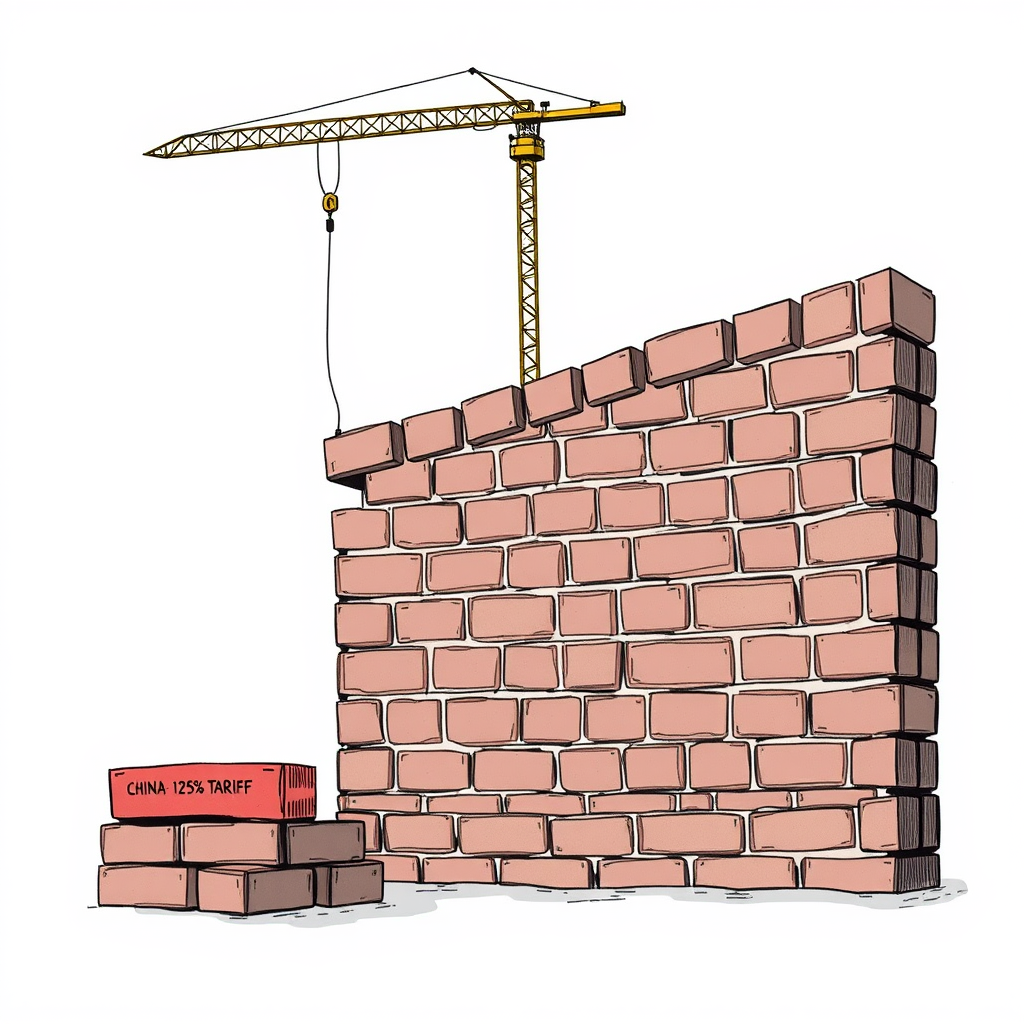Trump's Tariffs: What You Need To Know

Washington – A standing 10% tariff on goods from most nations, excluding China, is expected to remain in effect despite a temporary pause on further increases, according to a top White House economic advisor. Kevin Hassett, director of the National Economic Council, indicated Thursday that the 10% baseline tariff is likely permanent, requiring an “extraordinary deal” for President Trump to consider lowering it.
The announcement follows Trump’s decision Wednesday to delay planned tariff hikes for 90 days on all countries except China, a move intended to calm volatile stock and bond markets. The bond market reaction, a key indicator of investor confidence in the U.S. government’s financial stability, had recently signaled growing concern.
Currently, China faces a significantly higher 125% tariff, while nearly all other nations are subject to the 10% baseline.
Speaking on CNBC, Hassett suggested the recent increase in bond yields contributed to the decision to pause additional tariffs, though he maintained the rollback would have occurred regardless. He framed the tariffs as leverage to secure more favorable trade deals for American workers, arguing that decades of previous administrations hadn’t applied sufficient pressure to trading partners.
The continued tariffs, even at the 10% level, represent a significant shift in U.S. trade policy. While the 90-day pause offers a window for negotiation, the administration appears committed to using tariffs as a primary tool to reshape global trade relationships. It remains to be seen whether this strategy will ultimately deliver the promised benefits for American workers or further disrupt global commerce. The reliance on tariffs as a long-term solution feels increasingly precarious, potentially escalating trade tensions and harming American consumers through increased costs. A more collaborative approach, focused on multilateral agreements, might prove more sustainable and beneficial in the long run.